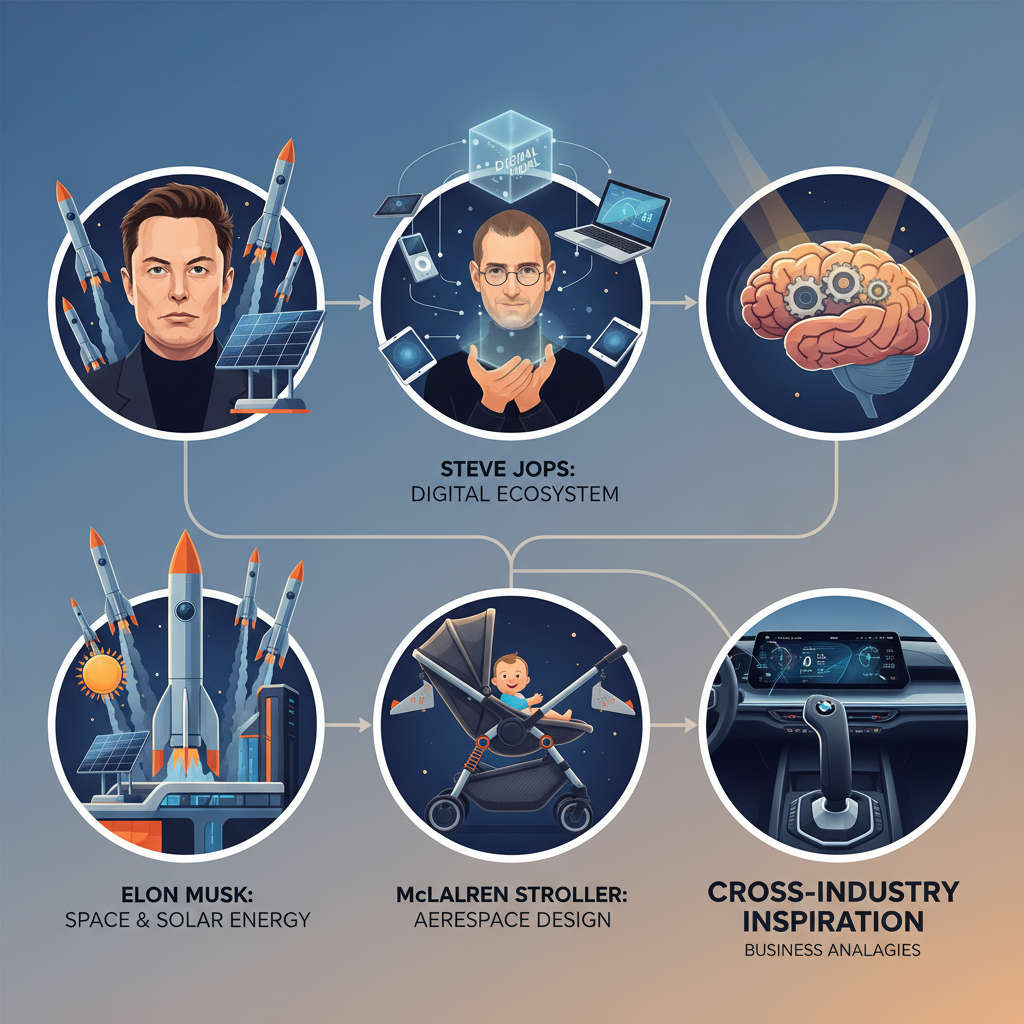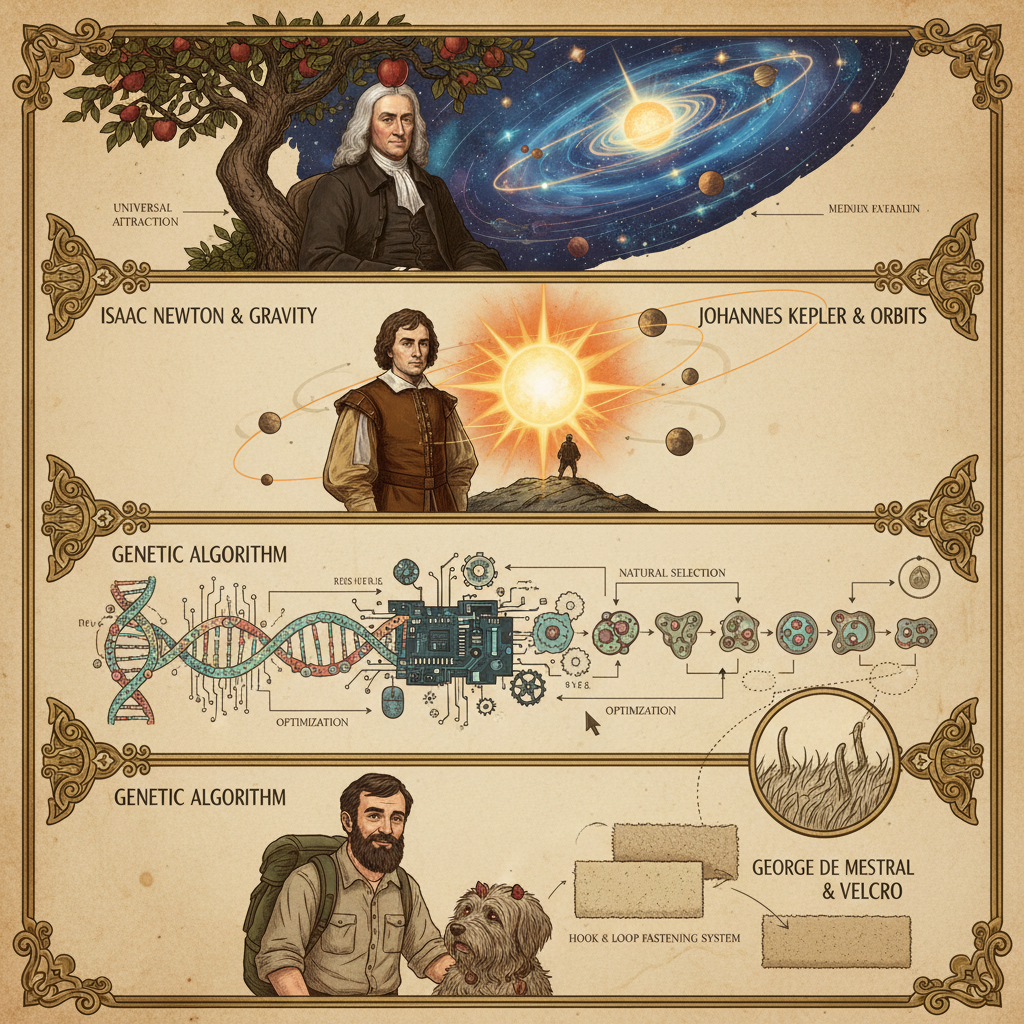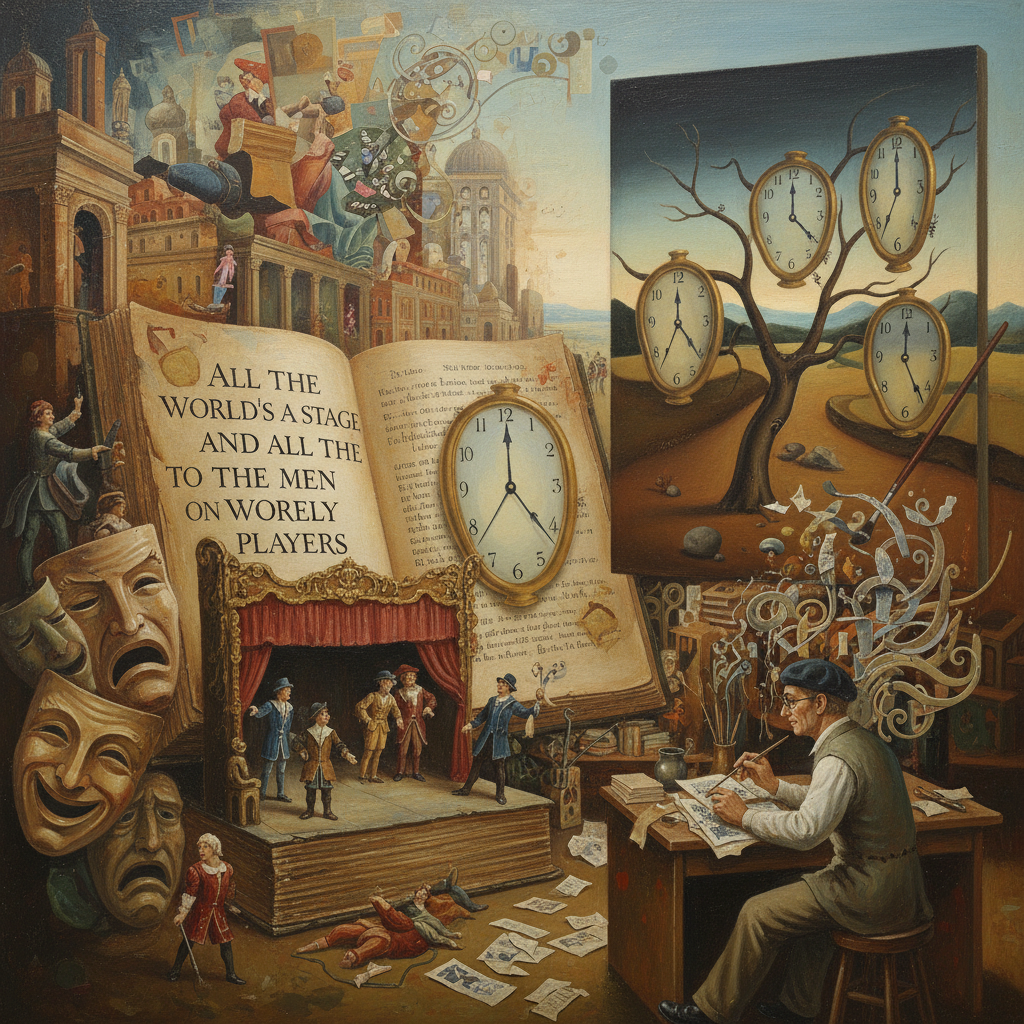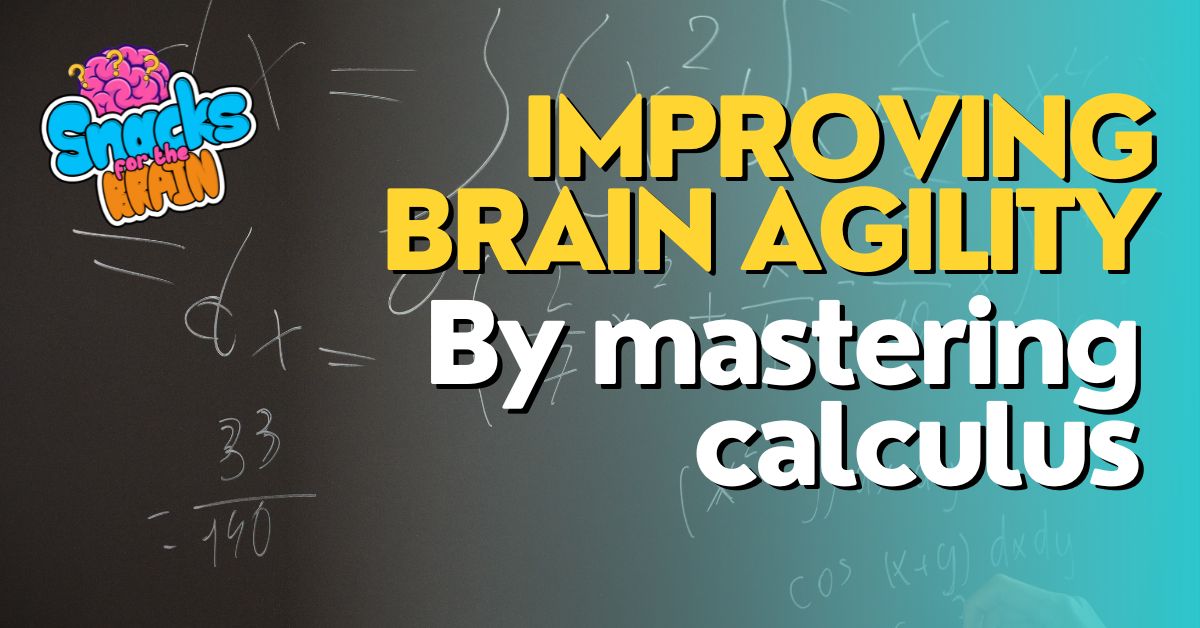Problem-solving is an essential skill that we use in our daily lives. Whether it’s finding a solution to a complex issue at work or figuring out how to navigate through a personal challenge, the ability to solve problems effectively is crucial. One powerful tool that can enhance problem-solving skills is the use of analogies. Analogies provide a way to connect unfamiliar problems with familiar situations, allowing us to draw upon our existing knowledge and experiences to find solutions.
Key Takeaways
- Analogies help in problem-solving by providing a familiar framework to understand new or complex concepts.
- An analogy is a comparison between two things that share similarities in certain aspects but are different in others.
- There are different types of analogies, such as metaphors, similes, and analogical reasoning, that can be applied in problem-solving across various fields.
- Analogical reasoning involves identifying similarities between two situations and using that knowledge to solve a problem in a new context.
- Using analogies in problem-solving can enhance creativity, critical thinking, and innovation, making it a valuable tool in business, education, science, technology, art, and literature.
What is an Analogy and How Does it Work?

An analogy is a comparison between two things that are similar in some way but different in others. It involves finding similarities between two situations or concepts and using that similarity to gain insight into the problem at hand. Analogies work in problem-solving by allowing us to transfer knowledge and strategies from one domain to another.
For example, if you are trying to understand how a complex computer algorithm works, you might use an analogy of a maze. By comparing the algorithm to navigating through a maze, you can apply your understanding of solving mazes to gain insights into the algorithm’s functioning.
According to cognitive science research, analogical reasoning involves several cognitive processes including pattern recognition, structural mapping, and knowledge transfer between domains. The process engages multiple brain regions, particularly the prefrontal cortex, which is crucial for maintaining and manipulating information during analogical comparison.
Analogies are not limited to problem-solving; they are also prevalent in everyday life. We often use analogies to explain complex ideas or make sense of unfamiliar concepts. For instance, when explaining how electricity flows through a circuit, we might use the analogy of water flowing through pipes. This analogy helps us understand the abstract concept of electrical current by relating it to something more tangible and familiar.
Types of Analogies and Their Applications in Problem-Solving

There are different types of analogies that can be applied in problem-solving:
1. Literal analogies: Literal analogies involve comparing two similar objects or situations based on their physical attributes or characteristics. For example, if you are trying to solve a math problem involving fractions, you might use the analogy of dividing a pizza into slices to understand the concept of dividing a whole into parts.
2. Figurative analogies: Figurative analogies involve comparing two dissimilar objects or situations based on their abstract qualities or relationships. For instance, if you are trying to come up with a creative solution to a marketing challenge, you might use the analogy of a puzzle to represent the need to fit different pieces together to create a cohesive strategy.
3. Symbolic analogies: Symbolic analogies involve comparing two objects or situations based on their symbolic meanings or associations. These analogies often rely on cultural or historical references. For example, if you are trying to convey the importance of teamwork in a business setting, you might use the analogy of a sports team working together towards a common goal.
Each type of analogy can be applied in problem-solving depending on the nature of the problem and the desired outcome. Literal analogies are useful for understanding concrete concepts, while figurative and symbolic analogies are more effective for abstract or complex problems.
The Science Behind Analogical Reasoning and Problem-Solving

Analogical reasoning is a cognitive process that involves identifying similarities between two situations and using that similarity to draw inferences or make predictions. It is a fundamental aspect of problem-solving and critical thinking.
Research has shown that analogical reasoning involves several cognitive processes. First, it requires the ability to identify relevant similarities between two situations. This involves pattern recognition and abstraction skills. Second, it requires mapping the knowledge from one situation onto another, which involves mapping relationships and structures. Finally, it requires transferring knowledge from one situation to another, which involves applying previous experiences and strategies to new problems.
Working memory plays a crucial role in analogical reasoning. Working memory is responsible for holding and manipulating information in our minds while we solve problems. It allows us to compare and contrast different elements of the analogy and make connections between them. Research has demonstrated that working memory capacity significantly predicts children’s analogical reasoning performance, particularly in tasks involving multiple relations.
Neuroimaging studies have also shed light on the neural basis of analogical reasoning. These studies have shown that the prefrontal cortex, which is involved in executive functions such as reasoning and problem-solving, is activated during analogical reasoning tasks. Additionally, the hippocampus, which is involved in memory formation and retrieval, is also activated during analogical reasoning.
Recent neuroscientific research has revealed that improved performance in analogical reasoning during childhood and adolescence is largely driven by improvements in controlled semantic retrieval – the ability to selectively retrieve task-relevant semantic relationships.
Benefits of Using Analogies in Problem-Solving
Using analogies in problem-solving offers several benefits:
- Enhancing creativity and innovation: Analogies provide a fresh perspective and allow us to think outside the box. By connecting seemingly unrelated concepts, analogies can spark creative ideas and innovative solutions. Cognitive neuroscience research has shown that creativity involves dynamic interactions between different brain networks, with analogical thinking serving as a key mechanism for generating novel ideas.
- Improving critical thinking skills: Analogies require us to analyze and evaluate different elements of the analogy and make connections between them. This process enhances our critical thinking skills by encouraging us to consider multiple perspectives and possibilities.
- Facilitating learning and memory retention: Analogies help us make connections between new information and existing knowledge, making it easier to understand and remember new concepts. By relating new information to something familiar, analogies provide a framework for learning and retention.
- Boosting problem-solving abilities: Analogies provide a structured approach to problem-solving by allowing us to draw upon our existing knowledge and experiences. They provide a framework for organizing information and generating potential solutions.
Analogies in Business and Entrepreneurship: Real-life Examples

Analogies play a significant role in business innovation and entrepreneurship. Successful entrepreneurs often use analogical thinking to solve complex problems and drive innovation by drawing insights from unrelated industries.
For example, Elon Musk, the CEO of Tesla and SpaceX, used an analogy of building rockets to solve the problem of sustainable energy. He compared the challenges of building reusable rockets to the challenges of developing sustainable energy solutions. This analogy allowed him to apply his knowledge of engineering and problem-solving from the aerospace industry to the renewable energy sector.
Another example is Steve Jobs, the co-founder of Apple. Jobs used the analogy of a digital hub to revolutionize the way we interact with technology. He compared the computer to a hub that connects various devices and services, leading to the development of the iPod, iPhone, and iPad.
Case studies of analogical business innovation demonstrate how companies like Maclaren adapted aviation design principles to create revolutionary baby strollers, while BMW’s iDrive system drew inspiration from video game joysticks to simplify car dashboard controls.

Analogies in Education: Enhancing Learning and Critical Thinking Skills
Analogies have long been used in education to enhance learning and critical thinking skills. They provide a powerful tool for teachers to explain complex concepts and engage students in active learning.
In science education, analogies are often used to explain abstract or complex scientific concepts. For example, when teaching the concept of DNA replication, teachers might use the analogy of making copies of a recipe to help students understand how DNA is replicated.
Educational research has shown that analogies are particularly effective in university science education, helping students visualize complex, abstract concepts by relating them to familiar experiences. Studies demonstrate that structured approaches to teaching with analogies significantly improve student understanding and retention of scientific concepts.
In mathematics education, analogies are used to make abstract concepts more concrete and relatable. For instance, when teaching fractions, teachers might use the analogy of dividing a pizza into slices to help students understand the concept of fractions as parts of a whole.
Analogies also promote critical thinking skills by encouraging students to analyze and evaluate different elements of the analogy and make connections between them. By engaging in analogical reasoning, students develop their ability to think critically and solve problems effectively.
Analogies in Science and Technology: Advancements and Innovations

Analogies have played a significant role in scientific discovery and technological advancements throughout history. Scientists and engineers often use analogies to understand complex phenomena and develop innovative solutions.
For example, Isaac Newton used the analogy of an apple falling from a tree to understand the force of gravity. By comparing the motion of the apple to the motion of celestial bodies, Newton was able to formulate his laws of motion and universal gravitation.
The work of Johannes Kepler provides a striking example of analogical reasoning in scientific discovery. Kepler used an extended analogy between light from the sun illuminating planets and a force emanating from the sun that causes planetary motion, leading to his groundbreaking understanding of planetary mechanics.
In computer science, analogies are used to develop algorithms and solve complex computational problems. For instance, genetic algorithms are inspired by the process of natural selection in biology. By applying the principles of natural selection to computational problems, genetic algorithms can find optimal solutions to complex optimization problems.
Analogies also play a crucial role in technological innovation. For example, the development of Velcro was inspired by the analogy of burrs sticking to clothing. The inventor, George de Mestral, observed how burrs attached themselves to his dog's fur and used that analogy to develop a fastening system based on tiny hooks and loops.
Analogies in Art and Literature: Creativity and Inspiration

Analogies have long been used in art and literature to inspire creativity and evoke emotions. Artists and writers often use analogies to convey complex ideas or emotions in a relatable and accessible way.
For example, in literature, authors use analogies to create vivid imagery and evoke emotions in readers. Metaphors and similes are common forms of analogies used in literature. For instance, Shakespeare's famous line "All the world's a stage" is an analogy that compares life to a theatrical performance, highlighting the transient nature of human existence.
In visual art, artists use analogies to create meaning and convey messages. For example, Salvador Dalí's painting "The Persistence of Memory" uses the analogy of melting clocks to represent the fluidity of time and the impermanence of reality. The melting clocks symbolize time as malleable and subjective, challenging traditional, linear notions of time. Dalí’s surrealist depiction reflects themes of memory, decay, and the dreamlike experience of time’s passage, making it an iconic representation of creativity and emotional expression in art [source: Museum of Modern Art].
The Power of Analogies in Problem-Solving
In conclusion, analogies are powerful tools that can enhance problem-solving skills in various domains of life. They provide a way to connect unfamiliar problems with familiar situations, allowing us to draw upon our existing knowledge and experiences to find solutions.
Cognitive research continues to reveal the sophisticated nature of analogical processing, showing how it connects to current developments in artificial intelligence and natural language processing. The structure-mapping theory developed by cognitive scientists provides a robust framework for understanding how analogies facilitate knowledge transfer and creative problem-solving.
Analogies can be applied in different ways depending on the nature of the problem and the desired outcome. Literal analogies are useful for understanding concrete concepts, while figurative and symbolic analogies are more effective for abstract or complex problems.
Using analogies in problem-solving offers several benefits, including enhancing creativity and innovation, improving critical thinking skills, facilitating learning and memory retention, and boosting problem-solving abilities.
Analogies have been successfully applied in business and entrepreneurship, education, science and technology, and art and literature. They have contributed to advancements, innovations, and creative expressions in these fields.
Incorporating analogies into our problem-solving processes can help us approach challenges with a fresh perspective and find innovative solutions. By harnessing the power of analogical reasoning, we can enhance our creativity, critical thinking, and problem-solving abilities in everyday life.
If you're interested in enhancing your problem-solving skills and boosting your brainpower, you might find this article on "Why Exercising the Brain is Important" helpful. It explores various techniques and exercises to keep your mind sharp and agile. One of the key strategies mentioned is the use of analogies in problem-solving, which helps draw connections and find creative solutions. Check out the article here to learn more about the power of analogies and how they can improve your problem-solving abilities.
Test your knowledge
Analogy & Problem-Solving Challenge
Test your knowledge based on the article. You will have 5 minutes to answer the questions. Good luck!
Challenge Complete!
Your final score is:
FAQs
What is the article about?
The article is about the power of analogies in problem-solving and how drawing connections between seemingly unrelated things can help in finding solutions.
What is an analogy?
An analogy is a comparison between two things that are usually different but have some similarities.
How can analogies help in problem-solving?
Analogies can help in problem-solving by providing a new perspective and helping to identify similarities between seemingly unrelated things. This can lead to creative solutions and breakthroughs.
What are some examples of analogies used in problem-solving?
Some examples of analogies used in problem-solving include comparing a computer virus to a biological virus, comparing a city's traffic flow to the circulatory system, and comparing a company's organizational structure to a beehive.
Are analogies always effective in problem-solving?
No, analogies are not always effective in problem-solving. It depends on the situation and the quality of the analogy. A poorly chosen or forced analogy can actually hinder problem-solving.
Can anyone use analogies in problem-solving?
Yes, anyone can use analogies in problem-solving. It just takes practice and a willingness to think creatively and make connections between seemingly unrelated things.





